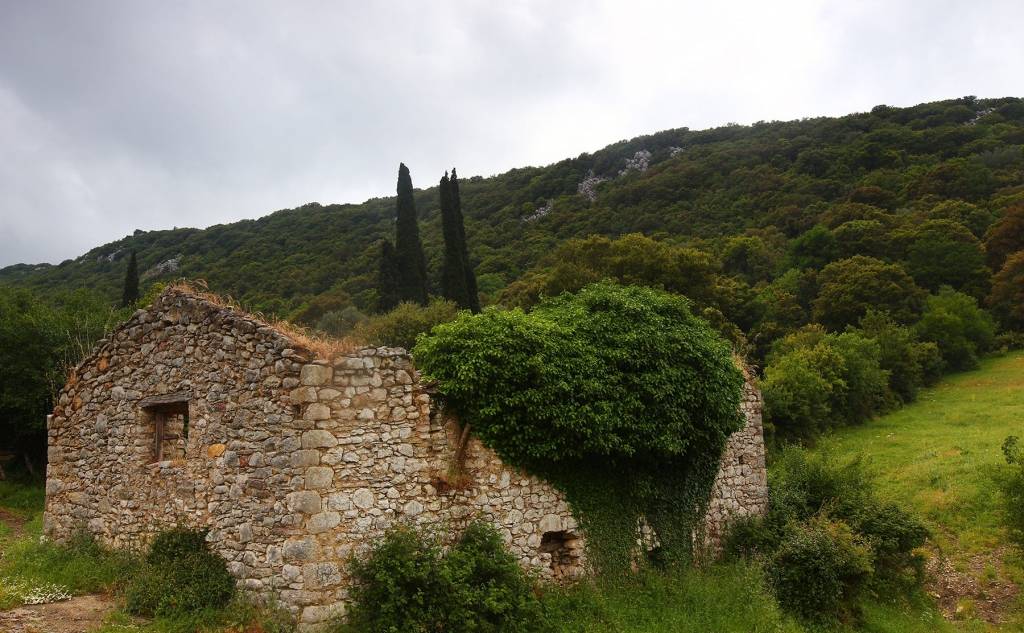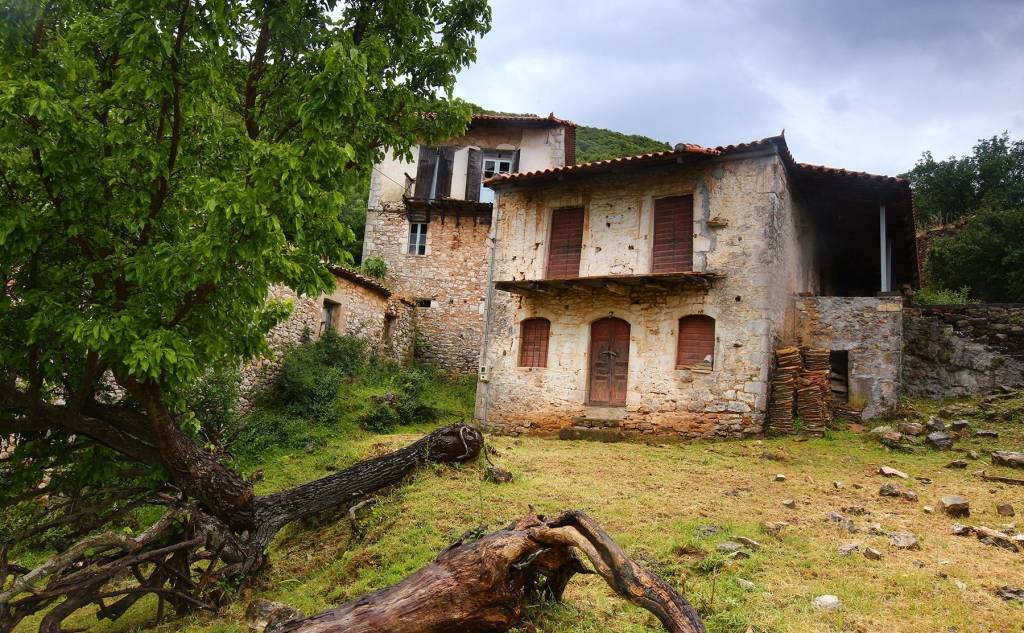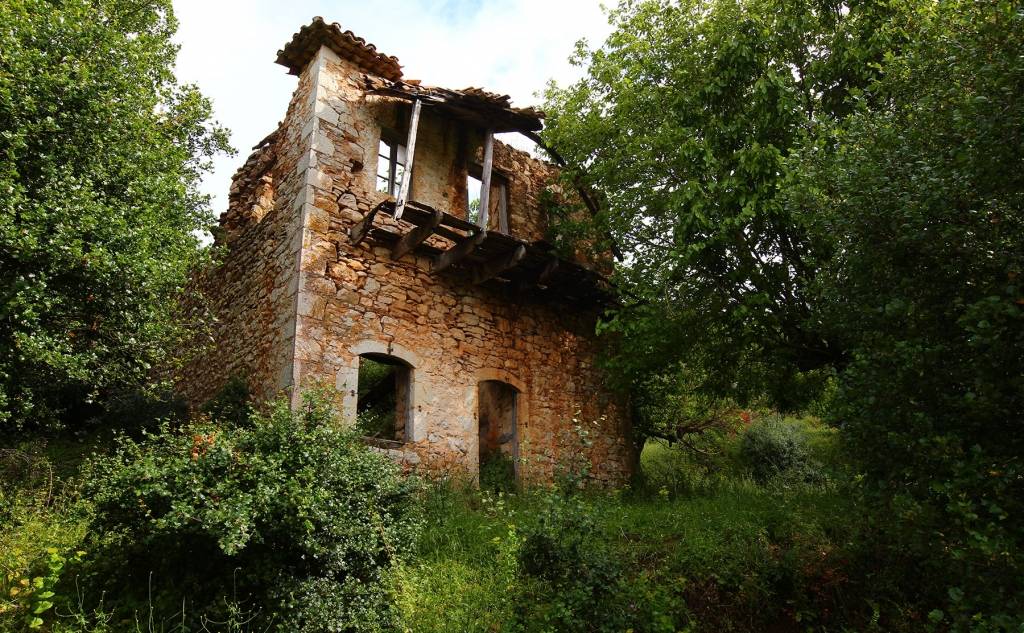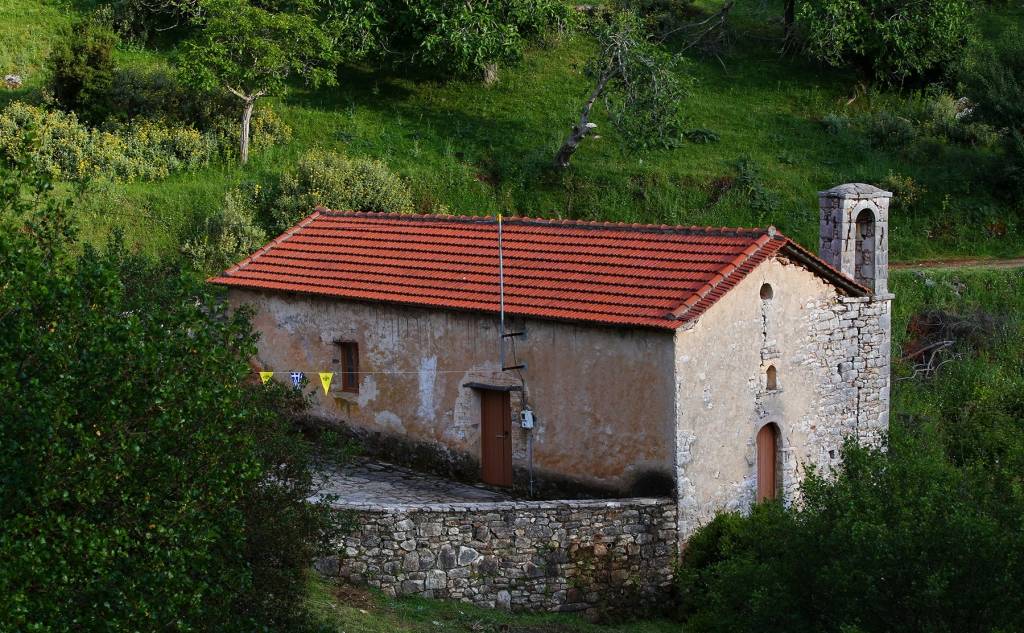Palio Romiri
It is about an abandoned village. Nevertheless, a village with great history and worth.
The History
There have been reports about Romyri since the second Venetian Domination, while in its prime it was one of the richest villages of the Pylia area. Due to the peculiarity of the area, and especially its difficulty to be reached, many members of the opposition found shelter during the German occupation. Many members of the families which lived in Romyri took part in the National Resistance.
However, the story of the Romyri village abandonment and the repositioning of its dwellers to the new village of Mesopotamos remains ambiguous. The reports from the locals say that this was done gradually after the earthquakes that took place in 1947, when the old village suffered great damage. Another explanation indicates that the first removal of the dwellers in the mid1960s took place due to the fact that the area was difficult to reach and also the lack of electricity. The most common opinion says that the repositioning of the dwellers started in 1974, according to a proposal made by the then Messinia Prefecture and the issue of a relevant Presidential ordinance, which was presumably finalized in 1982. The dwellers complained about the living conditions and so their repositioning to a lowland area was decided having as a result the creation of the then Mesopotamos community (merged with Veli village).
Papalabraina
Priest Lampros Zervas served here. In 1960 a group of thieves tried to steal from him, all the village people rose against them, the thieves left after being chased and now we take pleasure when we listen to the most famous tsamiko dance song that was ever written. If you ever decide to visit “Papa (papas=vicar) Lampros’ backyard” as the famous song says…, it is still here in old Romyri…
The panygiri- The fair
Each year, on the Samaritan Sunday, the memory of Saint Nicholas the Youngest is celebrated in old Romyri. The whole village of Mesopotamos goes up to the church of the abandoned village and there a big festival is set up that keeps all day during which the Kalamatianos traditional dance and a tsamikos, the "papalambraina" are honoured.








